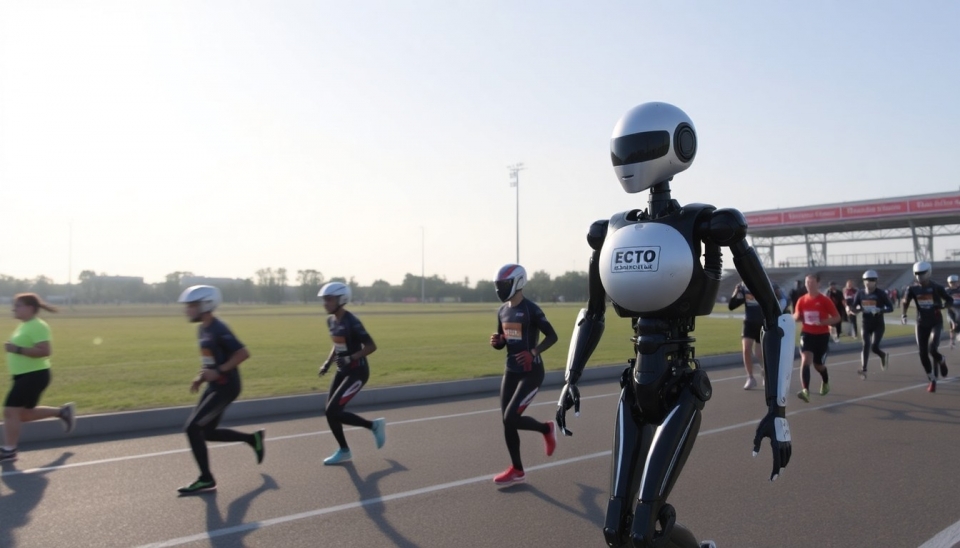
In a groundbreaking event that captivated technology enthusiasts and the curious alike, the world's first humanoid marathon took place recently, showcasing both the advancements and the limitations of robotic engineering. The marathon featured a variety of humanoid robots designed to navigate a demanding 26.2-mile course, putting to the test the future of robotics and artificial intelligence in real-world scenarios.
Despite the promise of cutting-edge technology and years of research, the results were underwhelming, with a significant majority of the participating robots failing to complete the race. This outcome has sparked discussions about the current capabilities of humanoid machines and their potential roles in society.
The marathon, designed as a blend of innovation, competition, and entertainment, saw an impressive lineup of participants that ranged from universities to private tech companies. Each robot was equipped with advanced algorithms and machinery aimed at mimicking human movement, navigation, and stamina. However, as the race unfolded, it became apparent that merely simulating human-like abilities in controlled environments did not guarantee success in a real-world setting.
Among the most significant hurdles faced by the robots were difficulties with balance, terrain navigation, and endurance. Prominent issues such as tripping over uneven surfaces and succumbing to mechanical failures brought some competitors to their knees, literally. As the robots struggled to maintain their footing, the event highlighted the gap still present between human physical prowess and robotic mimicry.
Industry experts and spectators noted that while some robots demonstrated remarkable starting speeds, they quickly faltered as the race progressed. The observation that many of these humanoids could not sustain long-distance movement indicated that the technology may still be in its infancy regarding marathon-like endurance tasks.
However, the event was not without its moments of triumph. A few robots did manage to complete the marathon, demonstrating notable improvements in design and programming. The efforts of their developers were applauded, as these robots showcased the potential for longer-lasting energy supplies and more versatile AI that could adapt to unforeseen challenges along the route.
The insights gained from this inaugural humanoid marathon are invaluable. Researchers are now looking at refining algorithms, enhancing physical designs, and improving robotic endurance so that future competitors can tackle such challenges more successfully. The event also reinforced the necessity for better integration between robotics and physical dynamics, which remains crucial for the development of robots for various potential applications beyond racing.
As we look toward the future, the path to creating humanoid robots that can match human endurance and capability is fraught with challenges but also filled with opportunities. The lessons learned from this marathon will undoubtedly propel further innovations in the world of robotics, allowing for even more exciting events in the years to come.
For now, the message is clear: while technology has come a long way, the journey toward a fully functional humanoid robot capable of conquering a marathon indicates there is still much work to be done.
Stay tuned for future developments as researchers and engineers rally to overcome these hurdles and inspire the next generation of humanoid robotics!
#humanoidmarathon #robotics #technology #innovation #AI #roboticsfails #endurance #challenge #humanoidfuture #marathon2025
Author: Emily Collins




